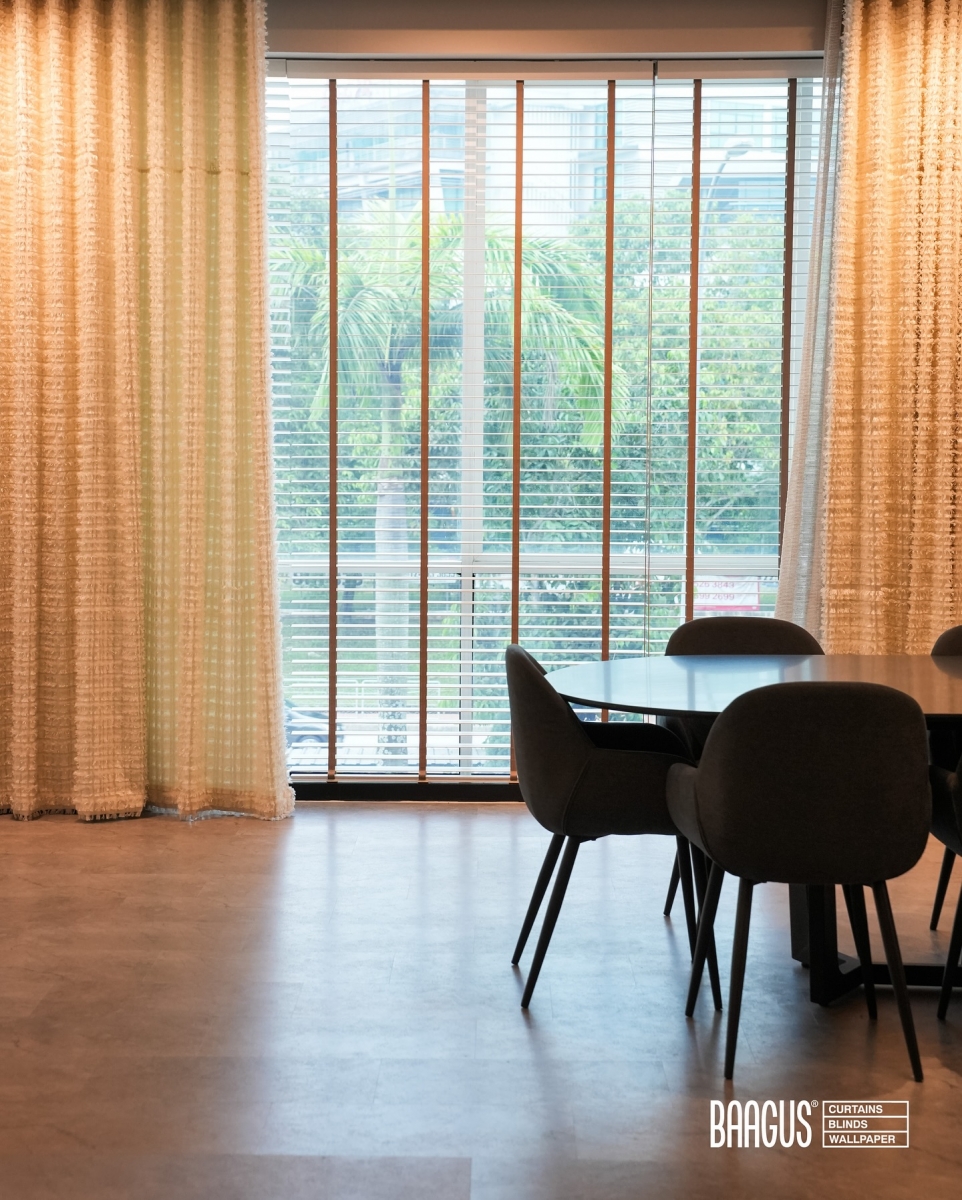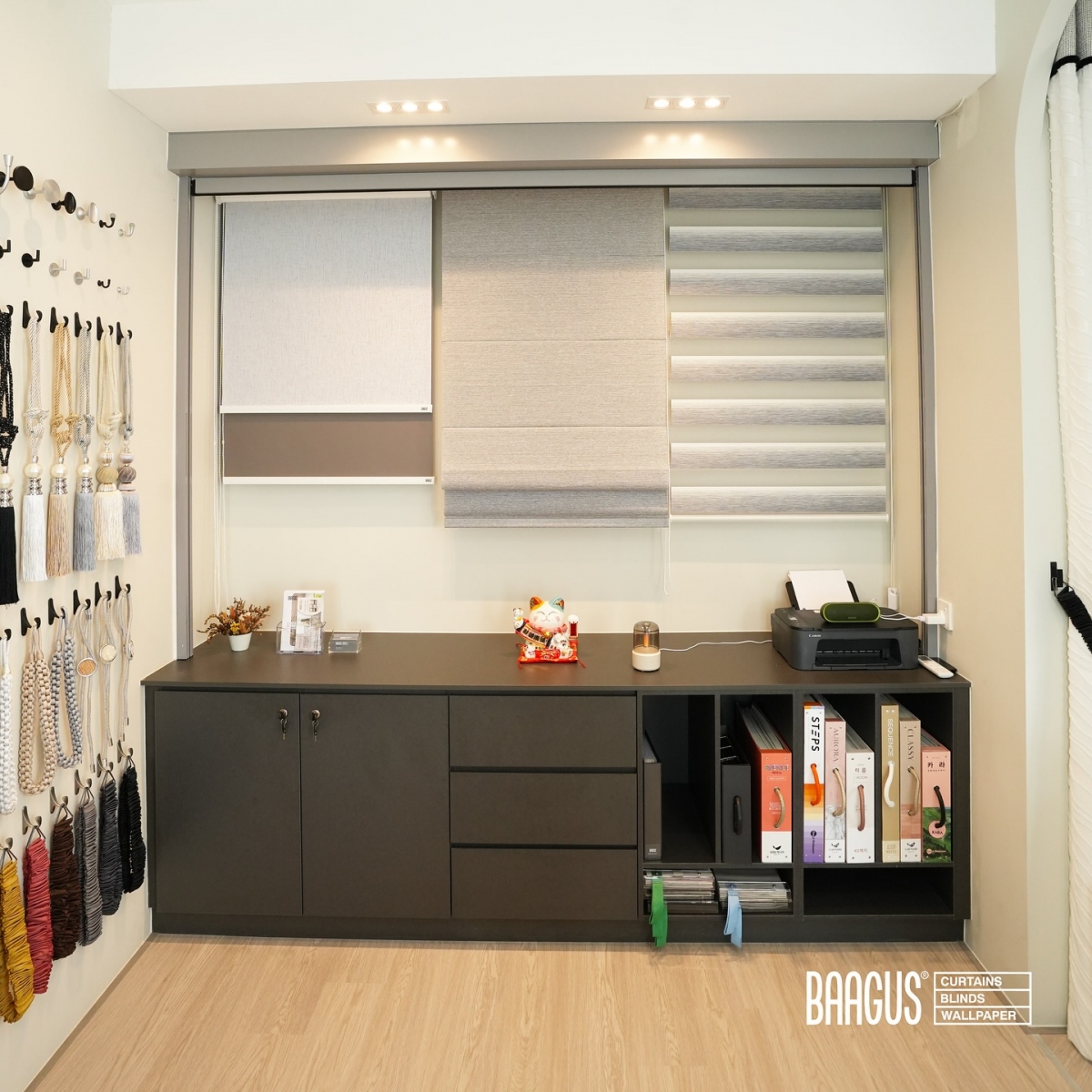How to Choose the Right Wooden Blinds

How to Choose the Right Wooden Blinds for Your Home
Selecting window treatments that will grace your home for years to come requires thoughtful consideration, particularly when it comes to wooden blinds. The right choice transforms ordinary windows into striking architectural features that enhance both form and function. Yet with numerous options for slat sizes, wood types, finishes, and mounting styles, the decision process can feel overwhelming. that all seem equally appealing, uncertain which will truly complement your space or meet your practical needs.
Wooden blinds represent a significant investment in your home's aesthetic appeal and daily comfort. Unlike temporary décor choices, these window treatments will influence how you experience natural light, privacy, and even energy efficiency for many years. The selection process extends beyond simply picking an attractive stain or coordinating with your furniture. Understanding the nuances of slat width, wood species characteristics, and room suitability ensures you make choices that deliver lasting satisfaction. Those exploring comprehensive window treatment options often find that specialist providers like Baagus offer valuable guidance alongside extensive product ranges tailored to diverse interior requirements.

Understanding Slat Size and Window Proportions
Selecting the appropriate slat width impacts both aesthetics and functionality, influencing light control and how blinds complement your window dimensions.
Matching Slat Width to Window Size
Small windows (under 1m) suit narrower 25-35mm slats that maintain elegant proportions. Medium windows offer flexibility with 35-50mm slats, while large windows benefit from wider 50mm slats that reduce visual clutter and simplify maintenance.ss bulk when the blind is fully raised
Functional Considerations for Different Slat Widths
Wider slats provide better light control and easier maintenance with fewer individual pieces. For a 1m window, 25mm slats require 42 pieces while 50mm slats need only 22. Explore different options at Baagus blinds for practical comparisons.

Selecting Wood Types, Finishes and Colours
Wood type, finish, and colour impact appearance, durability, and room suitability.
Natural Wood Species and Their Characteristics
Basswood is the most popular choice for its lightweight nature and fine grain. Oak offers durability with prominent grain patterns ideal for traditional interiors. Cherry develops a rich patina over time, while maple provides a lighter appearance suited to contemporary spaces applied to wooden blinds significantly influences their final appearance and compatibility
Finish Options: Stains, Paints and Natural TreatmentsNatural stains preserve wood grain patterns while adding colour depth from light honey to deep espresso shades. Painted finishes offer broader colour flexibility in white, cream, grey, and black. Distressed finishes suit farmhouse aesthetics, while smooth finishes complement modern spaces.
Ideal Rooms for Wooden Blinds
Wooden blinds excel in living rooms, dining areas, bedrooms, and home offices with moderate humidity. High-humidity environments like bathrooms and kitchens present challenges for natural wood. Consider faux wood alternatives for these spaces, or use carefully selected wooden blinds with protective finishes in well-ventilated areas.
Climate and Seasonal Factors
Climate affects wooden blind performance. High humidity accelerates wear, while drier climates preserve integrity. Wood's insulating properties help regulate indoor temperatures and reduce energy costs year-round. Explore Baagus accessories for coordinated solutions.

Customisation Options and Operational Features
Modern wooden blinds offer extensive customisation possibilities that enhance both aesthetics and daily usability, allowing you to tailor window treatments precisely to your functional requirements and design preferences.
Lift and Tilt Mechanisms
Choose between corded systems, cordless lift mechanisms for child safety, wand controls for minimalist aesthetics, or motorised systems for convenience in hard-to-reach installations
Mounting Styles and Installation Approaches
Inside mount installations position the blind within the window frame, creating a neat, tailored appearance that showcases window architecture whilst providing a clean finish. This approach works best when window frames offer sufficient depth to accommodate the blind mechanism without interfering with window operation.
Inside mount positions blinds within the window frame for a clean finish. Outside mount extends beyond the frame for maximum light blocking. Consult Baagus for guidance on mounting hardware suited to your window configurations.
Frequently Asked Questions
Here are common questions about wooden blinds that homeowners frequently consider when making their selection:
1. What are wooden blinds and how do they differ from other window treatments?
Wooden blinds are window coverings constructed from natural hardwood slats suspended from a headrail system, operated via cords, wands, or motorised mechanisms. Unlike fabric treatments, wooden blinds offer adjustable slats that tilt to control light whilst providing the natural warmth, texture, and grain patterns unique to real wood that synthetic materials cannot authentically replicate.
2. How long do quality wooden blinds typically last?
Well maintained wooden blinds constructed from premium hardwoods can last 10 to 20 years or longer, with some installations performing excellently for over a decade. Their longevity depends on factors including wood quality, protective finish application, environmental conditions, and regular maintenance practices that preserve both appearance and functionality.
3. Can wooden blinds be installed in all rooms of the house?
Wooden blinds perform best in low to moderate humidity environments such as living rooms, bedrooms, dining areas, and home offices. They are not recommended for high moisture spaces including bathrooms with poor ventilation, kitchens with heavy steam exposure, or laundry rooms where humidity levels may cause warping, cracking, or mould development over time.
4. What slat width should I choose for my windows?
Slat width selection depends primarily on window size and desired aesthetic. Small windows typically suit 25mm to 35mm slats, medium windows accommodate 35mm to 50mm widths, whilst large windows benefit from 50mm slats that reduce visual clutter and ease maintenance. Consider your room's style as well, with narrower slats creating traditional looks and wider slats offering contemporary appeal.
5. How do I coordinate wooden blind colours with my existing décor?
Successful colour coordination involves matching blinds to window trim for seamless integration, coordinating with wall colours for cohesive tone on tone effects, or complementing existing wood flooring and furniture for material continuity. Neutral finishes offer maximum versatility, whilst stained options work well when matching specific wood tones already present in your space.
For additional specific guidance tailored to your unique requirements, the Baagus FAQ section addresses detailed questions about product specifications, customisation options, and installation considerations.
Conclusion
Choosing the right wooden blinds involves balancing aesthetic preferences with practical considerations including slat width, wood species, finish selection, room suitability, and operational features. When approached thoughtfully, this selection process results in window treatments that enhance your home's beauty whilst delivering reliable functionality, energy efficiency, and lasting value that justifies the initial investment.
The enduring appeal of wooden blinds stems from their remarkable versatility, natural warmth, and ability to complement virtually any interior design style from classic to contemporary. Their adjustable nature provides precise control over light and privacy throughout changing seasons and daily routines, whilst their substantial construction quality ensures years of dependable performance.
To explore the full spectrum of wooden blind options and receive personalised guidance suited to your specific windows and design vision, consider visiting a Baagus showroom or reviewing their comprehensive blinds collection, where expert consultants can help you navigate the selection process with confidence and clarity.


